Knitting Bind-Off Methods
Learn several options to bind off your knitting.
6/23/20253 min read
There are many ways to bind-off, depending on what look you’re going for and what techniques you use in your project. Here are a few options.
Traditional Bind-Off
This is the simplest bind-off, and it is quite versatile. Knit the first two stitches like normal. Then, pull the first stitch up and over the second. Knit the next stitch on the left needle, and once again, pull the first stitch on the right needle up and over the second. Repeat until there is one loop left, then cut the yarn, leaving at least a 6” tail, and pull it through the last stitch.

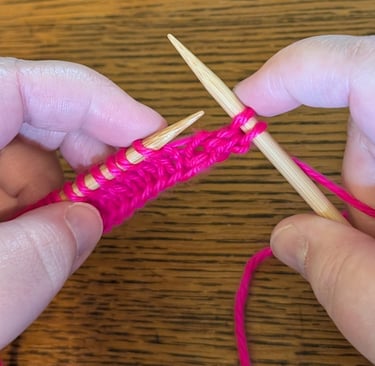
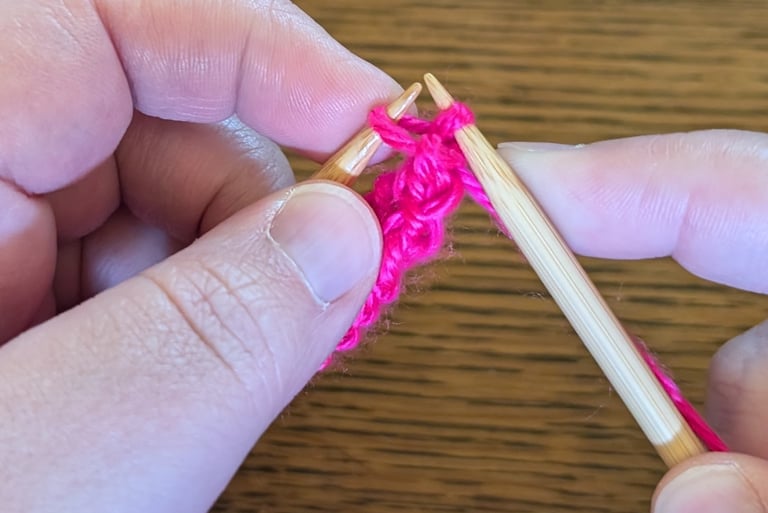

Yarn Over Bind-Off
This makes a very stretchy bind-off that is good for lace and ruffles. Knit the first two stitches, and pull the first one over the second, just like in a traditional bind-off. Next, do a yarn over, and pull the first stitch on the right needle over the yarn over. Knit the next stitch on the left needle, and pull the yarn over up and over that stitch. Repeat until you have one stitch left, cut the yarn, and pull it through the last loop.
Suspended Bind-Off
This is another stretchy bind-off that works well if you tend to bind off too tightly. Knit the first two stitches, and pull the first stitch over the second, but don’t let it fall off the left needle. Reach in front of the first stitch and knit the next stitch on the left needle. Then, drop both stitches off the left needle. You should have two stitches on your right needle, and you repeat until the last stitch. Cut the yarn and pull it through the last loop.
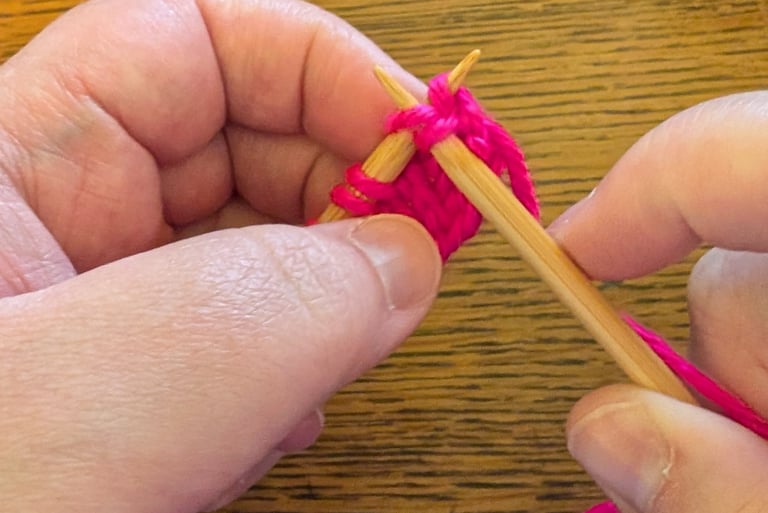

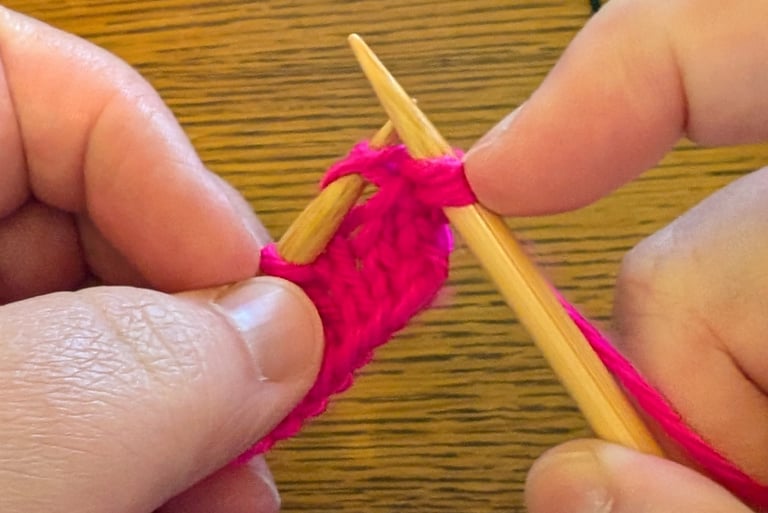

I-cord Bind-Off
The I-cord bind-off is substantial and decorative. It looks like a tube when it’s done, just like a regular I-cord. With the right side facing you, cast on 3 stitches using the knitted cast-on technique. Knit the first two stitches, then knit the next two stitches together through the back loops. Slip all 3 stitches purlwise back to the left needle, and repeat.

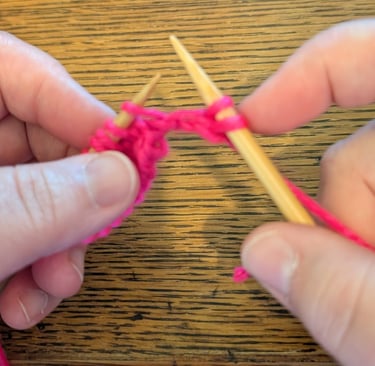
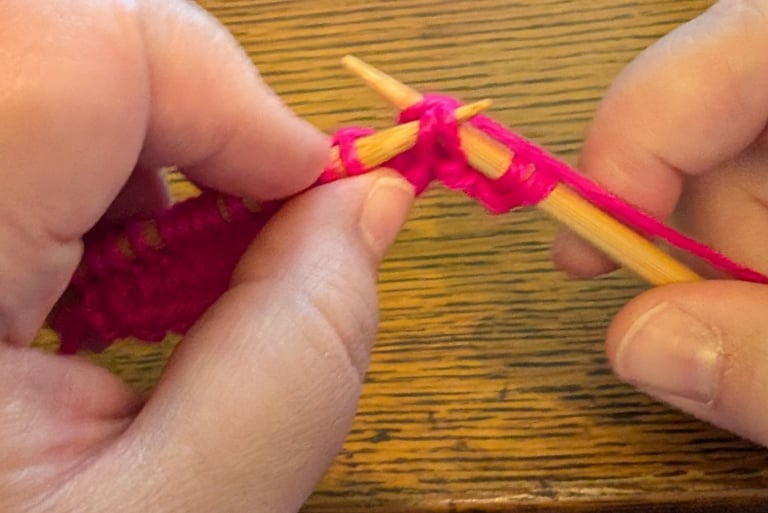

Picot Bind-Off
This bind-off is very cute and decorative. It is often used for the edges of lace shawls or cuff edges. Knit the first two stitches, and pull the first stitch over the second, just like in a traditional bind-off. Turn the work and cast on 3 stitches using the knitted cast-on technique (check this blog post if you need to learn this method) on the now left needle, as shown in the first picture below. Turn your work again, and pull the second, third, and fourth stitches over the first stitch. Bind off 2 more stitches using the traditional bind-off (or however many stitches you want between picots). Repeat the same steps to make the picot. On the last stitch, cut the yarn, and thread it through the last loop.

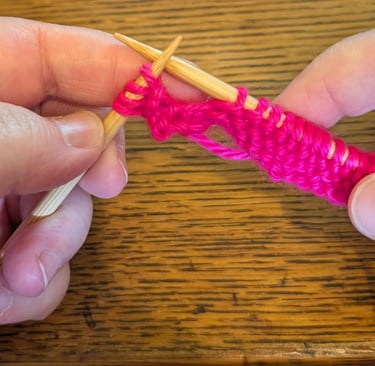
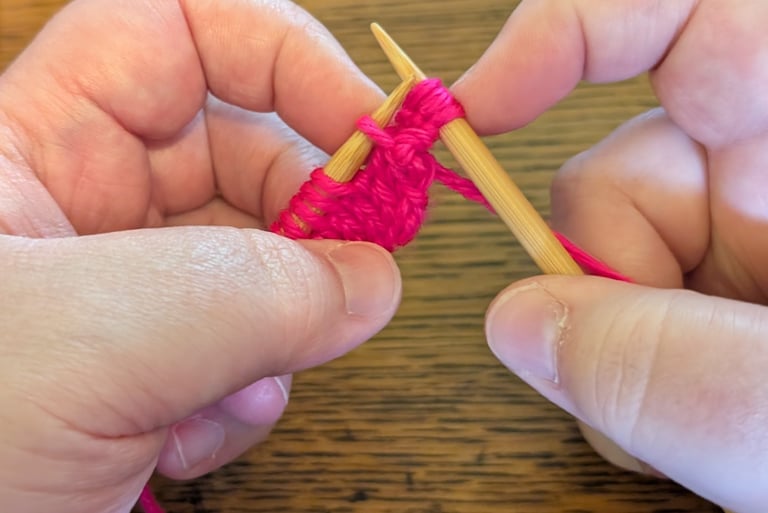

Sewn Bind-Off
The sewn bind-off is slightly elastic, making it good for edges prone to stretching, like necklines and cuffs. First, cut a tail of yarn at least 3 times as long as your bind-off edge will be. Thread it onto a tapestry needle, insert it into the first 2 stitches purlwise, and pull the yarn through, leaving the stitches on the needle. Insert the tapestry needle through the first stitch knitwise, drop it off the needle, and pull the yarn through. Repeat until the last stitch, insert the tapestry needle through the last loop purlwise.
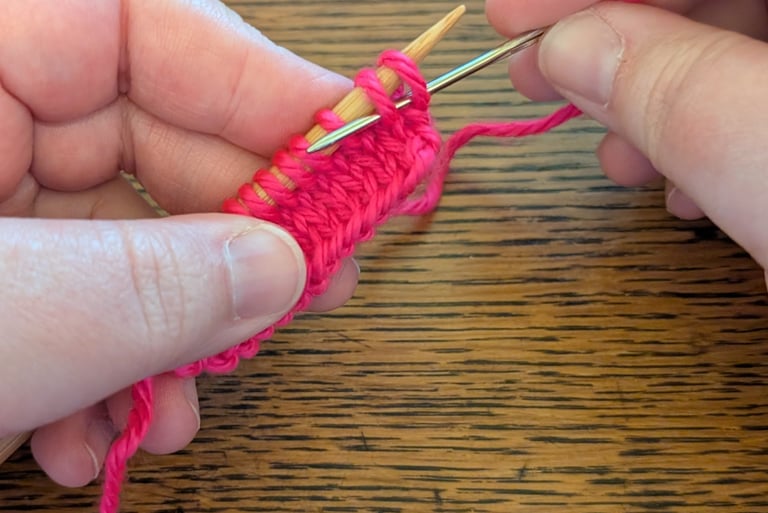

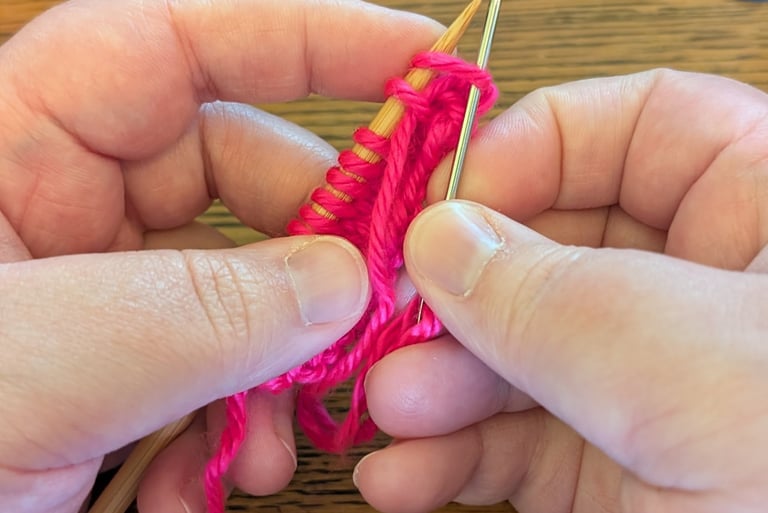

All of these methods are also demonstrated in my Knitting 102 course, check it out! If you have any questions about any of these methods, use the form below to send me an email. Happy stitching!


